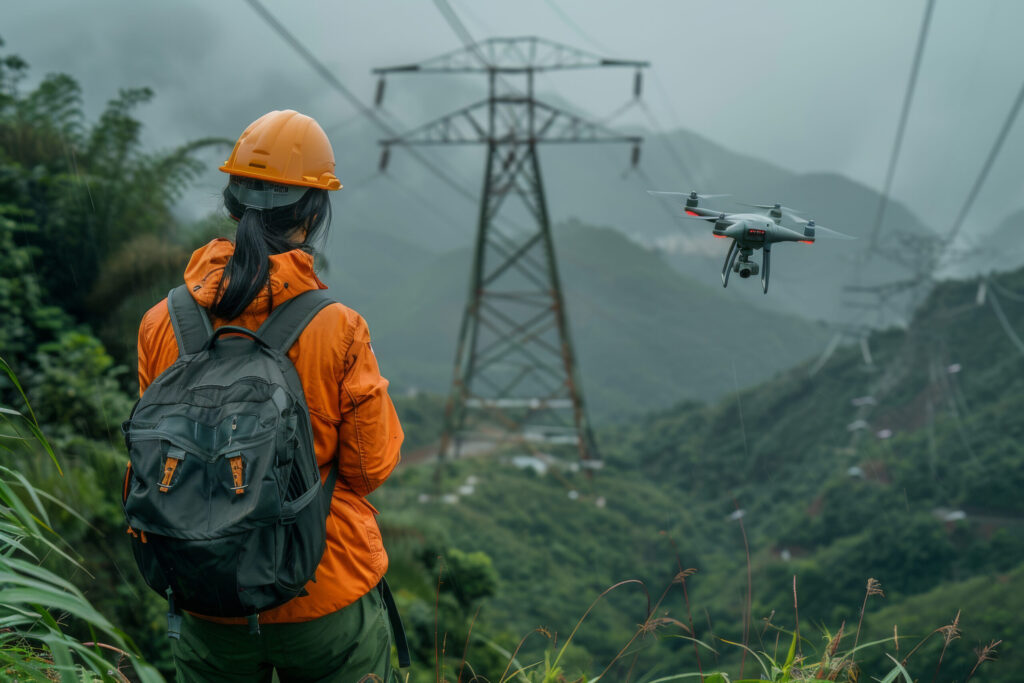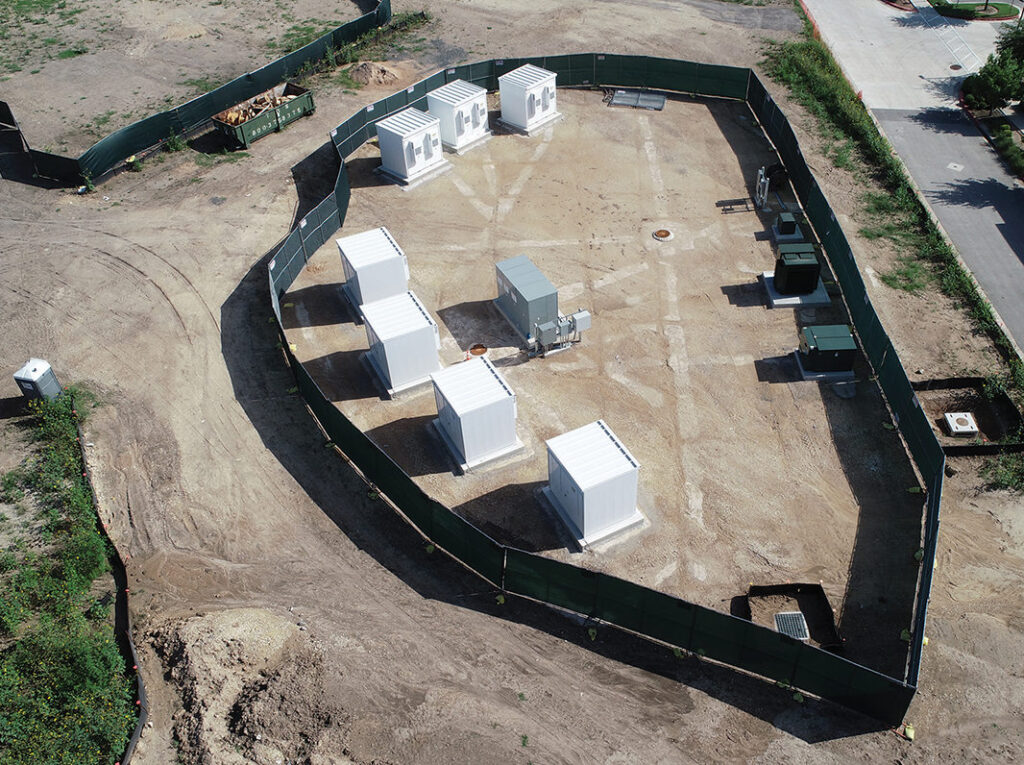Renewable energy forecasting with AI and machine learning

Summary: AI and machine learning enable utilities to improve the accuracy of renewable energy forecasting as we progress towards a clean-energy future.
When we look to the future of energy production in the United States, it’s clear that renewables will play an ever-increasing role. Driven primarily by long-term environmental concerns, as well as cost issues and job creation, the U.S. government and more than 20 states have set time-bound goals of achieving carbon-free electricity. The utility industry is still playing catch-up in determining how to best manage a growing range of renewable energy resources, particularly in the area of forecasting.
Accurate forecasting is vital for ensuring a safe, consistent flow of energy when and where it’s needed. The intermittent nature of renewable energy sources is highlighting some of the shortcomings of traditional forecasting methods; fortunately, AI and machine learning technologies are enabling utilities to close the gap and take their renewables forecasting to new levels of precision.

Drivers for more accurate renewables forecasting
The U.S. government has set a goal of reaching 100% carbon pollution–free electricity by 2035, and 21 states plus the District of Columbia and Puerto Rico have each set their own clean electricity goals, with target dates ranging from 2032 to 2050.
Both utilities and consumers are responding to these initiatives by adding new renewable energy sources. Solar made up 45% of new electricity generation capacity added in the United States through the first three quarters of 2022, and the nation’s wind industry installed over 13,000 MW of new wind capacity in 2021—the second-highest amount installed in a single year.
The upsurge in renewable energy sources is certainly good news for the environment. For utilities, however, it presents new challenges around integrating these sources into the existing grid, particularly when it comes to forecasting and scheduling.

Risks of erroneous forecasting
Errors in forecasting have consequences that go far beyond inconveniences. If forecasts are too low to meet demand, the imbalance could result in brownouts or blackouts. If they overshoot the mark, utilities—and, eventually, customers—wind up paying for excess capacity.
Another consequence of faulty forecasts is the risk of under or overscheduling energy and ancillary services. When wholesale power markets procure energy, they rely on accurate schedules that incorporate all sources, including renewables. If those forecasts are off the mark, the resulting schedules will likely be inaccurate, which could cause operational problems and price fluctuations.

The challenge of renewables forecasting
One of the challenges of relying on renewables is that they’re inherently less predictable than gas and fossil fuels. Availability of renewable energy is highly intermittent and particularly sensitive to changing weather conditions.
For solar energy, the most obvious challenge is that it can only be created during daytime hours. During those hours, even a passing cloud can significantly impact a solar photovoltaic (PV) farm’s output. In winter, snow accumulation on PV panels can also cause production of solar power to plummet.
On the wind energy side, high-speed katabatic winds (such as the Santa Ana winds in California) can damage turbines and thus may require wind farms to shut down. Wintry conditions pose a challenge for wind as well, as ice formation on rotor blades or instrumentation can cause safety hazards and thus require temporary stoppages.
Hydroelectric energy sources are also at the mercy of Mother Nature, as drought conditions can cause water levels to drop, reducing the force of water pressure needed to spin hydro turbines.

The current state of energy storage
Energy storage systems—in the form of batteries, thermal storage, mechanical storage, hydrogen storage, and pumped hydropower—can bank up energy from renewable sources when production is high (typically during the daytime) and release the stored energy at night or during other low-production periods, thus resolving the problem of intermittent availability.
While the U.S. energy storage market set a new record in the third quarter of 2022, with new system installations totaling 4,733 MWh, it’s not yet up to the task of managing all our renewable sources. Today energy storage systems currently make up only about 2 percent of the total U.S. generation capacity.
Traditional approaches to energy forecasting
Utilities have historically relied on statistical modeling for forecasting, which worked well with stable gas and fossil fuel-based resources. However, the intermittent and weather-dependent nature of renewable energy has highlighted some of the shortcomings of legacy methods. Statistical approaches require a huge amount of data—usually many years’ worth—to train models. These models also rely primarily on historical load records, omitting important real-time variables that can dramatically impact the supply and demand of renewable energy.
Bridging the gap with AI and machine learning
The latest advances in AI and machine learning are enabling utilities to fill the gap between their renewable energy forecasting needs and what their systems can deliver. AI models can train on far less historical data than their statistical counterparts, often as little as one to two years’ worth. AI-based platforms can incorporate data from a massive array of sources, including current weather reports and forecasts, demand patterns, and data from distributed energy resources (DERs). These technologies also let utilities send real-time instructions to utility operators, DERs, and microgrids, enabling rapid responses to changing conditions. Finally, machine learning enables models to self-teach and become more accurate over time.

How it works
AI-driven platforms such as Splight work as multi-layer digital infrastructures that can connect to grid assets, collect data in real time in a wide range of protocols, process that data, and generate forecasts that can be used to operate assets in real-time.
In the case of forecasting wind energy, for example, Splight integrates multiple variables, including historical data, weather information, grid data, and any other relevant parameters that can be taken in real time. The forecasting algorithm can teach itself to distinguish the variables that can increase accuracy from those that are irrelevant. Because it can watch and learn from the operational environment, the platform is able to process data from the entire network instead of from a single asset or data point.

Sample wind forecasting output from Splight’s AI-driven platform
A bright future for renewable energy forecasting
As renewables make up an ever-greater percentage of the energy generated in the United States—with more growth to come—utilities are being challenged to modernize their approach to energy forecasting. Fortunately, AI and machine learning offer the capabilities they need to increase the accuracy of their forecasts by incorporating a host of additional data sources and tapping into real-time data feeds. As a result, costs become more predictable and power supplies more reliable, all while accelerating progress towards a clean-energy future.

With over 30 years of experience in power system operations, wholesale power market operations, SCADA/EMS/GMS/DMS/OMS systems, and system/application design and implementation, Alex Lago, Managing Director of Grid Operations, is passionate about advising companies on large-scale transformational projects and implementation of complex real-time operation systems.





